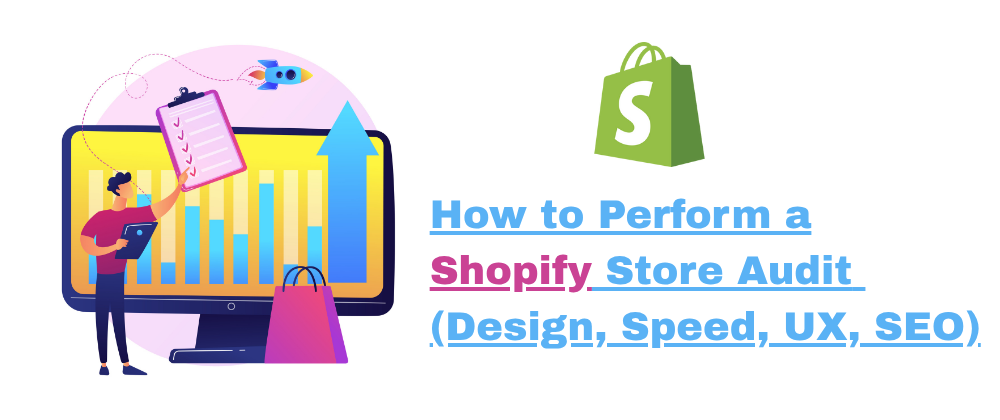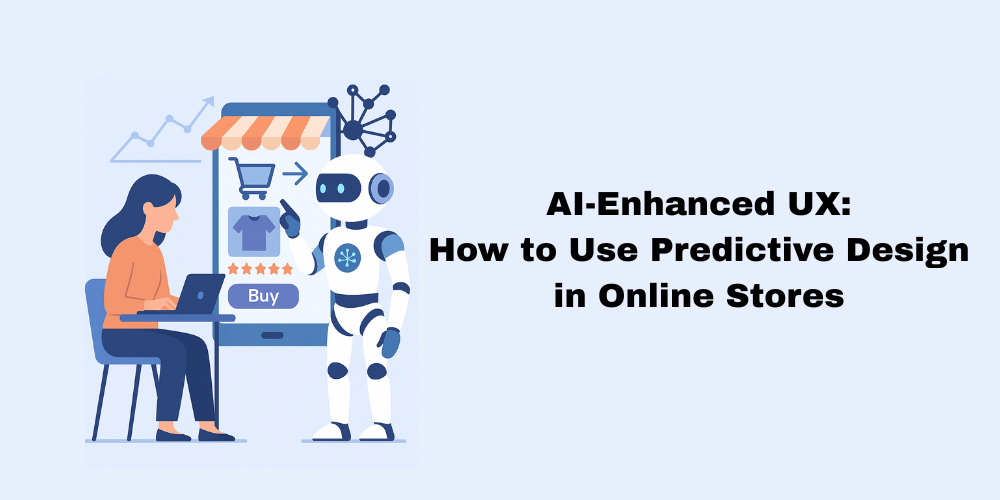
Running a Shopify store isn’t just about launching and hoping for the best—ongoing optimization is key to long-term success. That’s where a comprehensive store audit comes in.
A well-executed audit helps identify the gaps holding your store back—from sluggish load speeds to poor user experience or weak SEO. Whether you’re preparing for a relaunch or simply want to boost conversions, auditing your Shopify site regularly is a must.
In this guide, we’ll break down how to perform a complete Shopify store audit across four core areas: Design, Speed, User Experience (UX), and SEO.
1. Design Audit: First Impressions Matter
The design of your store shapes how customers perceive your brand. A cluttered, inconsistent, or outdated look can cause visitors to bounce before they even see your products.
✅ What to Check:
Brand Consistency: Do your colors, fonts, and imagery align across all pages?
Visual Hierarchy: Are headlines clear and sections logically structured?
Product Presentation: Are product images high-quality? Are galleries or 360° views in use?
Mobile Responsiveness: Does the design adapt well on smaller screens?
💡 Pro Tip:
Design should support, not distract from, the shopping experience. Use whitespace strategically, maintain consistent spacing, and avoid overwhelming animations.
If your theme feels limiting or outdated, consider working with a Shopify Web Development Company to build custom layouts or design enhancements that reflect your brand's uniqueness.
2. Speed Audit: Performance Directly Impacts Sales
A fast-loading store keeps users engaged and improves SEO. Even a one-second delay in load time can drastically reduce conversions.
✅ What to Check:
Page Load Time: Use tools like Google PageSpeed Insights or GTmetrix to test performance.
Image Optimization: Are images compressed without losing quality?
App Bloat: Are unused or overlapping apps slowing down your site?
Third-Party Scripts: Are external scripts (chatbots, analytics) slowing pages?
💡 Pro Tip:
Reduce reliance on bulky apps and load only critical scripts. Consider lazy-loading images below the fold and minifying CSS and JavaScript files.
Improving speed often requires technical optimization. A Shopify Web Development Company can help implement performance best practices without compromising design or features.
3. UX Audit: Is the Store Easy and Enjoyable to Use?
User experience (UX) is all about how visitors interact with your store. A poor UX leads to frustration, abandoned carts, and lost revenue.
✅ What to Check:
Navigation Simplicity: Can users easily find what they need? Are menus intuitive?
Search Functionality: Is your search bar smart, predictive, and responsive?
Product Discovery: Are collections organized logically? Do filters help or hinder?
Checkout Flow: Is the checkout process smooth, fast, and mobile-optimized?
💡 Pro Tip:
Use tools like Hotjar or Microsoft Clarity to analyze how users move through your site. Look for friction points where visitors drop off.
Small UX improvements—like sticky add-to-cart buttons or simplified menus—can lead to big gains in sales. For more complex updates, UX design backed by a Shopify Web Development Company can transform how customers shop on your site.
4. SEO Audit: Are You Being Found on Google?
Search engine optimization (SEO) drives organic traffic without paid ads. A solid SEO foundation ensures your store shows up for relevant keywords.
✅ What to Check:
Meta Tags: Are title tags and meta descriptions unique, keyword-optimized, and compelling?
Alt Text: Are all product and banner images tagged with descriptive, keyword-friendly alt text?
URL Structure: Are URLs clean and readable? Avoid long, messy links.
Schema Markup: Are products properly marked up for rich results (e.g., price, reviews)?
Mobile & Core Web Vitals: Google prioritizes mobile performance and speed as ranking signals.
💡 Pro Tip:
Use Shopify apps like Smart SEO or manual edits to fine-tune meta tags, alt text, and structured data. Regularly audit pages with low traffic and revise content.
If SEO feels overwhelming, an experienced Shopify Web Development Company can help implement technical and on-page SEO changes that actually move the needle.
Tools to Use for Your Shopify Audit
Here are some free and paid tools that can help streamline your audit:
Google PageSpeed, GTmetrix: For Page Speed
Hotjar, Microsoft Clarity: for UX/Heatmaps
Ahrefs, SEMrush, Screaming Frog: SEO Performance
BrowserStack, Google Mobile Test: Mobile Testing
Broken Link Checker (W3C): Broken Link Checking
WAVE, Axe: Accessibility Compliance
Combine these tools with real-time store analytics for a 360° view of your store’s health.
When Should You Audit Your Store?
Perform a full audit:
Quarterly, for general optimization.
Before major marketing campaigns (Black Friday, product launches, etc.).
After major theme or app changes, to catch any unexpected performance or UX issues.
A regular audit schedule helps you stay ahead of issues and continuously improve.
Final Thoughts
A Shopify store audit is more than a checklist—it's a growth strategy. By evaluating and optimizing your design, speed, UX, and SEO, you create a better experience for users and a stronger foundation for sales.
While many basic checks can be done in-house, technical improvements often require expertise. Partnering with a skilled Shopify Web Development Company ensures your audit leads to real, measurable upgrades—without the trial and error.
Your online store is never finished. By auditing consistently and acting on what you find, you’ll stay ahead of competitors and keep delivering the kind of experience your customers expect.



Write a comment ...